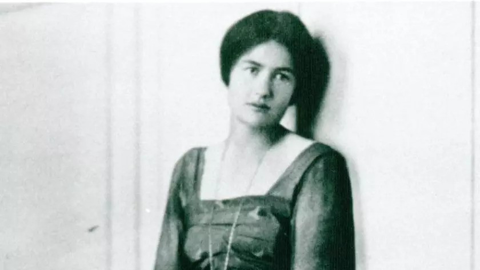“When I have spoken to violists about their repertoire one hears about the Hoffmeister and Stamitz viola concerti as the standard audition works.”
There is, for the most part, a shrug of the shoulders about these compositions. These two classical-era pieces show bravura writing in terms of melodic displays couched in heightened technical facility. But the music is showy rather than engrossingly original.
There is usually another work on the audition list, a viola sonata (1919) by Anglo-American composer Rebecca Clarke (1886-1979), and here a violist’s eyes shine in recognition of the composition’s perfection. This is their work that has no superiors. It would be hard to find another piece by a woman composer that is the “go-to” for career advancement and peer acceptance. With a sonata with such a nuanced musical design, it would be no surprise that she studied viola with one of the instrument’s greatest exponents, Lionel Tertis.
Rebecca also had lessons in composition from Charles Stanford, though she did not graduate from the Royal Academy or the Royal College of Music in viola or composition. Initially, she carved out a career as a professional violist during the early decades of the 20th century in England, which at the time was almost unheard of in the higher echelons of classical music performance. In 1919 she entered an American viola composition competition, and through the blind review process was judged to sit equal first among 72 entrants.
The tie was broken by the competition's sponsor, Elizabeth Sprague Coolidge, awarding it to the other composer who was subsequently revealed to be Ernest Bloch. Clarke’s oeuvre is small, which reflects her decision to retire early from composition and performance. In the mid-1970s, interest in her music started to grow from performers and her sonata was elevated out of obscurity—and the rest, as they say, is history. Catherine Cabena has programmed Clarke’s music including the viola sonata during Morning Recital on Monday 3 & 17 June. The programs are available on the program page for one week after the initial broadcast.
